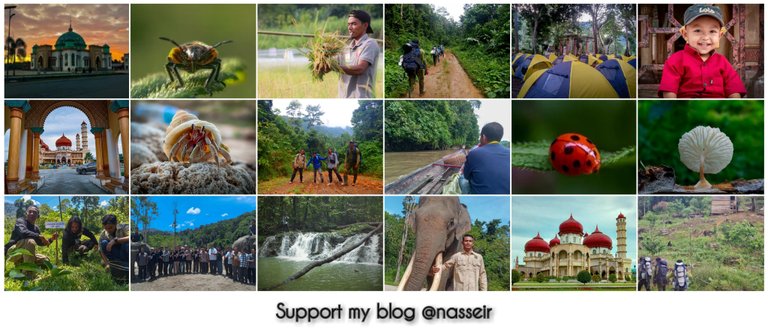Polyporaceae

The Polyporaceae are a family of poroid fungi belonging to the Basidiomycota. The flesh of their fruit bodies varies from soft (as in the case of the dryad's saddle illustrated) to very tough. Most members of this family have their hymenium (fertile layer) in vertical pores on the underside of the caps, but some of them have gills (e.g. Panus) or gill-like structures (such as Daedaleopsis, whose elongated pores form a corky labyrinth). Many species are brackets, but others have a definite stipe – for example, Polyporus badius.
Most of these fungi have white spore powder but members of the genus Abundisporus have colored spores and produce yellowish spore prints. Cystidia are absent.
source



 source source | iNaturalist is a citizen science platform and online social network that allows users to record and share observations about biodiversity, as well as assist in species identification. The platform allows users to upload photos or videos of plants, animals, and other organisms, which can then be identified by a community of other users. In addition, iNaturalist also has an automatic identification feature that uses computer vision to help identify species. |
to see various other observations


0
0
0.000
Congratulations @nasseir! You have completed the following achievement on the Hive blockchain And have been rewarded with New badge(s)
Your next target is to reach 2500 replies.
You can view your badges on your board and compare yourself to others in the Ranking
If you no longer want to receive notifications, reply to this comment with the word
STOPCheck out our last posts:
Thank you!
That's great @nasseir! We're excited to see your progress on Hive! We can't wait to see you achieve this next one!
Thanks for your contribution to the STEMsocial community. Feel free to join us on discord to get to know the rest of us!
Please consider delegating to the @stemsocial account (85% of the curation rewards are returned).
Consider setting @stemsocial as a beneficiary of this post's rewards if you would like to support the community and contribute to its mission of promoting science and education on Hive.
Thank you @stemsocial :)
Wow such an interesting species Nature never fails to amaze. Thanks for sharing this unique find.